In celebration of France’s Photography Month - an event that takes place every two years in November in several Parisian exhibition spaces - Artalistic has rounded up five of the most famous black and white photographs in history. These images have become iconic due to their strong political value as well as stunning visual impact. (Illsutration: Nick Brandt).
5 of the most famous black and white photographs: Instead of a thousand words
Mushroom Cloud over Nagasaki by Lieutenant Charles Levy, 1945
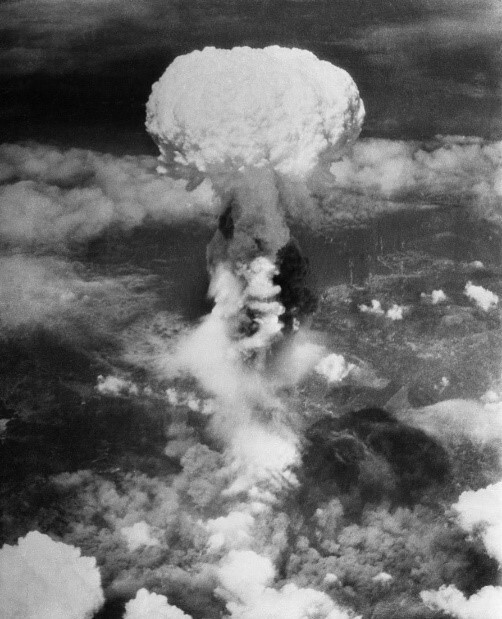
On August 9, 1945, at precisely 11:02 AM, the U.S. Army dropped the second atomic bomb - codenamed “Fat Man” - on Nagasaki, Japan. Three days prior to this they had deployed the first atomic bomb “Little Boy” on the city of Hiroshima.
This moment was captured on film by U.S. Air Force Lieutenant Charles Levy who was aboard a bomber flying 10 miles above the city of Nagasaki. The photograph perfectly encapsulates the horror of war and the madness of men.
The strange mass rising monumentally in the air was unlike anything ever seen in history. It shrouded the terror that was being experienced on the ground that was littered with burning, lifeless bodies. The Japanese city was completely decimated. This famous black and white photograph marks a moment when humanity fell into madness, valuing victory over victim. Lieutenant Charles Levy describes the moment he captured on film: “We all grabbed our black welder goggles and slipped them on. Even though it was broad daylight, the flash could hurt your eyes. Then the flash came – sharp and brighter than double daylight itself inside our plane – and we ripped the goggles off again. We saw this big plume climbing up, up into the sky. It was purple, red, white, all colors – something like boiling coffee. It looked alive… we were all plenty scared.”
War is Hell by Horst Faas, 1965
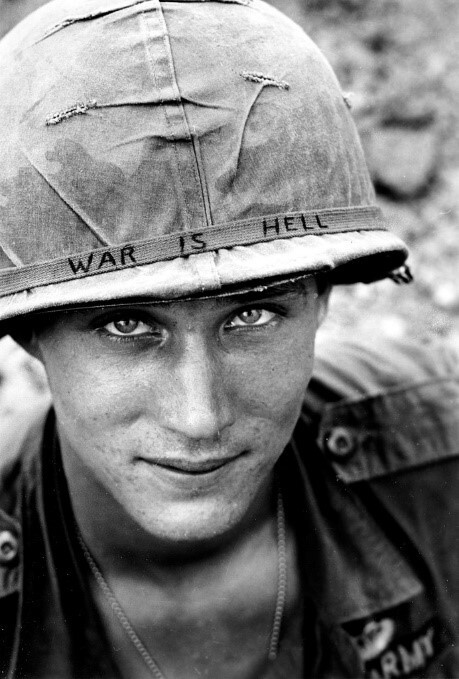
Another famous black and white photograph that captures the atrocities of war was taken by the photographer Horst Faas on June 18, 1965 during the Vietnam War. It features Private Larry Wayne Chaffin of the 173rd Airborne Brigade Battalion who was defending the Phouc Vinh airstrip in south Vietnam.
In Roland Barthes essay Camera Lucida, published in 1980, he states that for a photograph to be powerful it must have what he called punctum, which he defined as the sensory, intensely subjective effect of a photograph on the viewer: “The punctum of a photograph is that accident which pricks me (but also bruises me, is poignant to me).” This photo captures this concept of punctum both in the young man’s piercing and sincere gaze and the diametrically opposed slogan ‘War is Hell’ on his helmet. This contrast symbolizes the contradiction between the life promised to a young man who is eager to dream and the political will of leaders who shatter the hopes of an entire generation.
Upon his return to America, Private Chaffin, a native of St. Louis, Missouri, had great difficulty readjusting to civilian life. He died in 1985 at the age of 39, due to an illness that was linked to his exposure to Agent Orange - an herbicide and toxic weapon used extensively during the Vietnam War.
Gandhi and His Spinning Wheel by Margaret Bourke-White, 1946
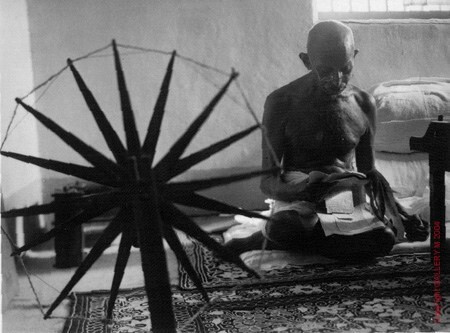
This famous black and white photograph by Margaret Bourke-White, depicts Gandhi next to a spinning wheel, an ancient instrument that was used for spinning wool. The traditional Indian spinning wheel is called a chakra. It is the symbol of freedom in India and is also pictured on the national flag.
Bourke-White took this photograph for LIFE magazine. Her notes that accompanied the photograph explained the significance of the spinning wheel: “[Gandhi] spins every day for 1 hr. beginning usually at 4. All members of his ashram must spin. He and his followers encourage everyone to spin. Even M. B-W was encouraged to lay [aside] her camera to spin…When I remarked that both photography and spinning were handicrafts, they told me seriously, ‘The greater of the 2 is spinning.’ Spinning is raised to the heights almost of a religion with Gandhi and his followers. The spinning wheel is sort of an Ikon to them. Spinning is a cure all, and is spoken of in terms of the highest poetry.”
Margaret Bourke-White, a well-traveled photographer, is also well known for her photographs of buildings and the Second World War.
The world of sports and politics converge: One of the most famous black and white photographs
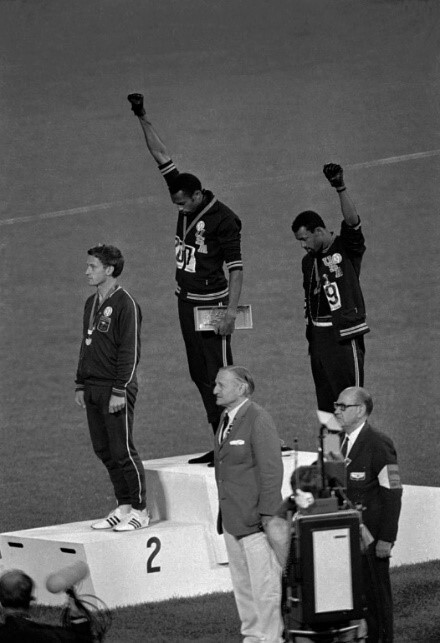
This famous black and white photograph was taken by John Dominis at the Olympic Games in Mexico City on October 17, 1968. It marks one of the earliest moments where the world of sports and politics converged. The picture was taken during the medal ceremony for the 200-meter race. The American athletes Tommie Smith and John Carlos are holding their gloved fists in the air, firmly symbolizing their stance against racism and exclusion, eyes fixed on the ground. This gesture showed the world their alignment with the Black Panther Party’s ideas despite the fact that they were not members of the party.
Elephants in Dust by Nick Brandt, 2014
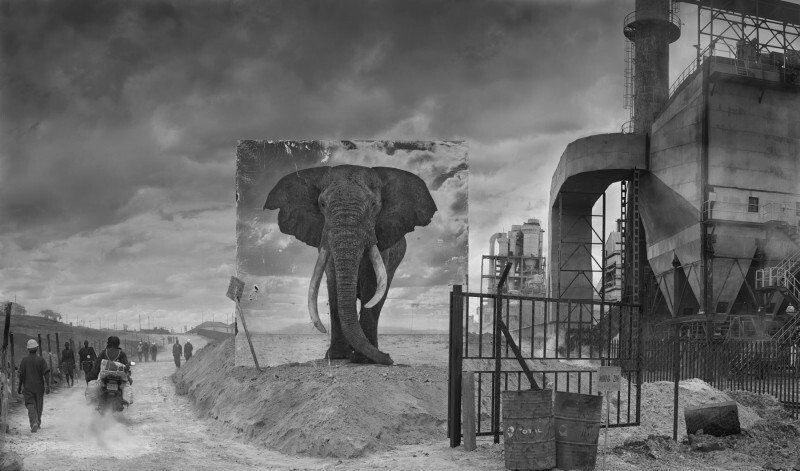
Nick Brandt is a British photographer who is famous for his portraits of East African wildlife. He is a true adventurer and never uses a zoom lens, as is usually the case in the world of wildlife photography. He gets as close as possible to the scenes he captures, despite risking his own life!
Brandt states: “I want my images to achieve two things in this regard - to be an elegy to a world that is tragically vanishing, to make people see what beauty is disappearing. Also, to try and show that animals are sentient creatures equally as worthy of life as humans.” His photographic process includes using film, scanning his negatives and retouching the images digitally, without adding any elements. The result is a journey through time that majestically restores the beauty of Africa, its fauna, its flora and its landscapes.
Voilà, we hope that you have enjoyed our selection of some of the most famous black and white photographs in history. If you are passionate about photography, feel free to browse our virtual galleries. Artalistic also features countless pieces of contemporary art for sale in a wide array of media, including paintings, sculptures and limited edition prints by well-established and emerging artists.
 English
English Français
Français
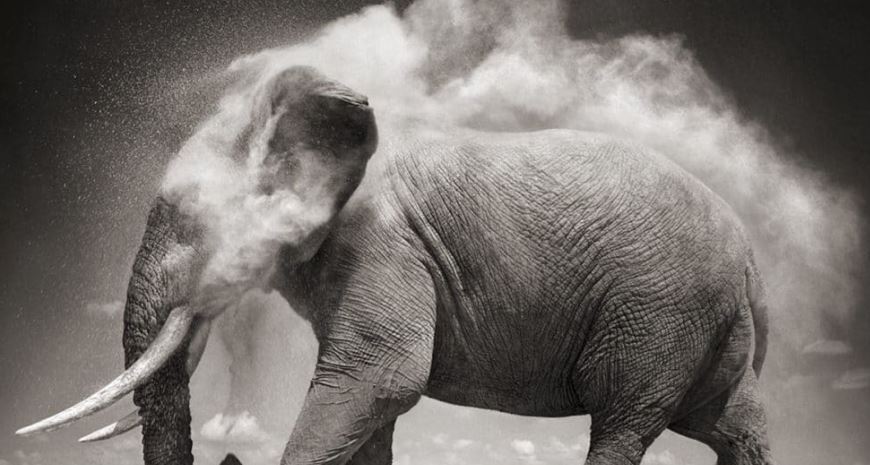

You must be logged in to post a comment.
Click here to log in